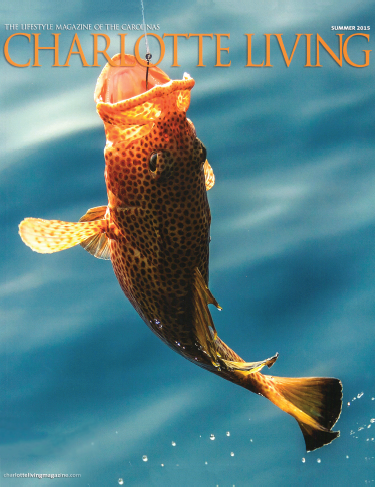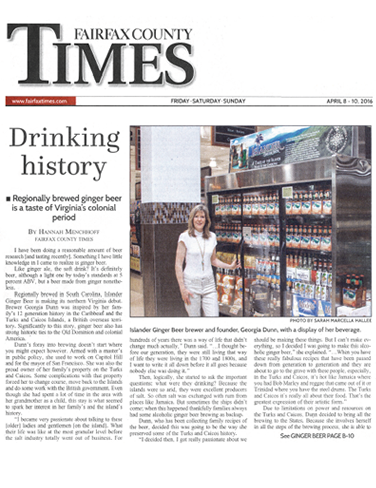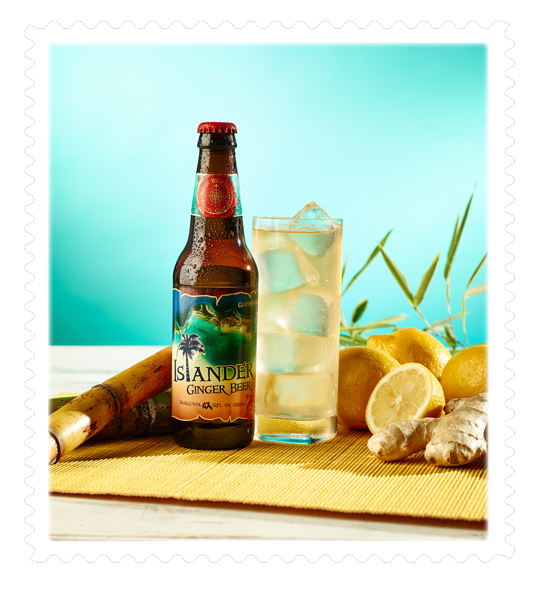ORIGINS
Ginger has been a popular flavoring in tropical Asia since ancient times. It arrived in the West via the Silk Route where it spread throughout the Roman Empire and was sold in apothecaries for its medicinal qualities. But it was not until the late 1500s, during the Age of Discovery, that the numerous trading companies traversing the globe made spices readily available and its use as a beverage flavor became common place.
CARIBBEAN HERITAGE
Ginger was introduced to the Caribbean in the 16th century when the Spanish were the first of the European powers to reach its shores. Spanish settlers planted it in the humid tropics no later than 1547 and by the 1580s, Hispaniola (present day Dominican Republic and Haiti), was a leading exporter of ginger root.
It is the English, however, who are credited with creating beer and ale from ginger. Thomas Harriott, an Oxford scholar and famous British navigator, during his 1585 exploratory voyage to the New World collected botanical samples, including ginger. It was combined with honey to create a spiced mead, a popular alcoholic drink referenced at the time by William Shakespeare in Love’s Labour’s Lost.
In the next century, when England claimed Jamaica from Spain in 1655, a new beverage was born. The island’s prolific production of ginger as well as sugar cane allowed Asian ginger and European honey to be replaced with locally grown ginger and sugar. Water, yeast and often lemon juice were added, all of which changed ginger beer from a European drink to a uniquely Caribbean beverage.  The birth of ginger beer coincided with the arrival of Thomas Harriott’s son who was among the first settlers in Bermuda in the early 1600s.
The birth of ginger beer coincided with the arrival of Thomas Harriott’s son who was among the first settlers in Bermuda in the early 1600s.

The Harriott family acquired property in Jamaica later that century, settling in the ‘land of many springs’, and with the rest of the island, began enjoying fermented ginger beer during its early stage of development.
 Tasting Virginia’s colonial periodI have been doing a reasonable amount of beer research [and tasting recently]. Something I have little knowledge in I came to realize… more
Tasting Virginia’s colonial periodI have been doing a reasonable amount of beer research [and tasting recently]. Something I have little knowledge in I came to realize… more













 The birth of ginger beer coincided with the arrival of Thomas Harriott’s son who was among the first settlers in Bermuda in the early 1600s.
The birth of ginger beer coincided with the arrival of Thomas Harriott’s son who was among the first settlers in Bermuda in the early 1600s.



 georgiabdunn@gmail.com
georgiabdunn@gmail.com